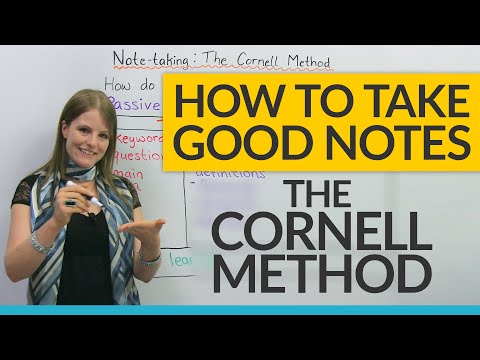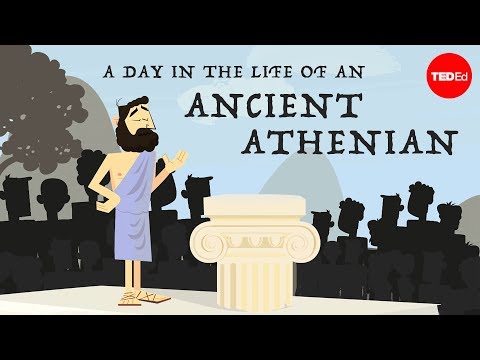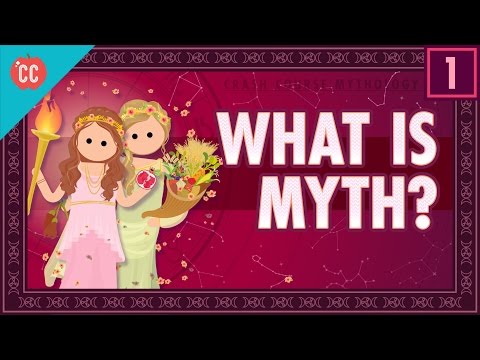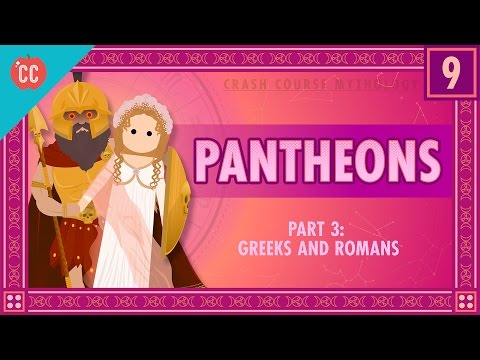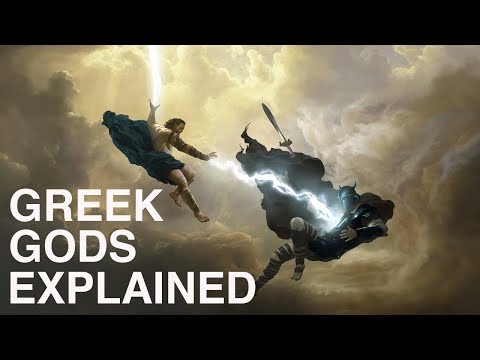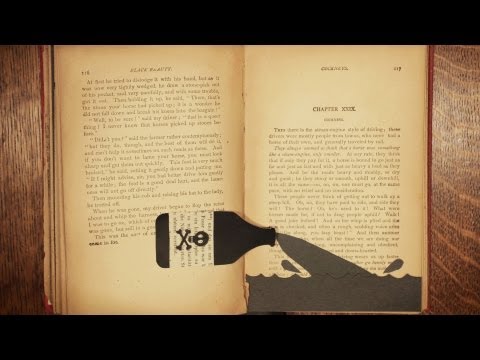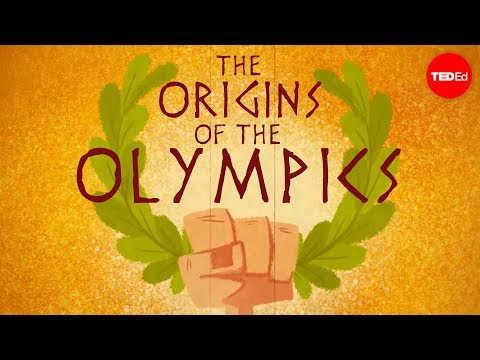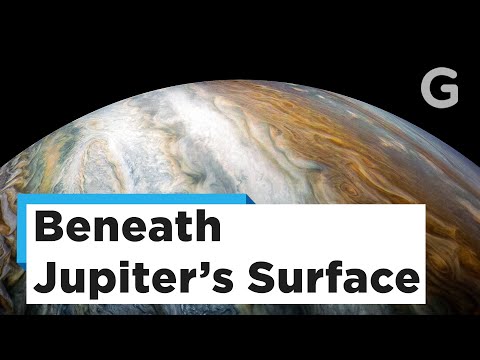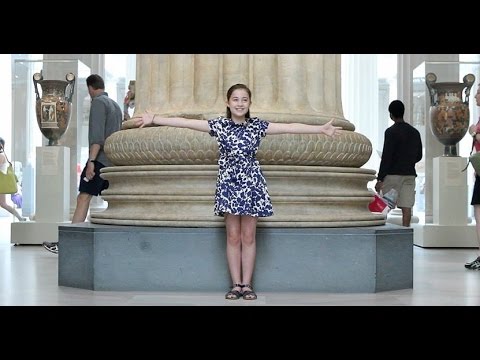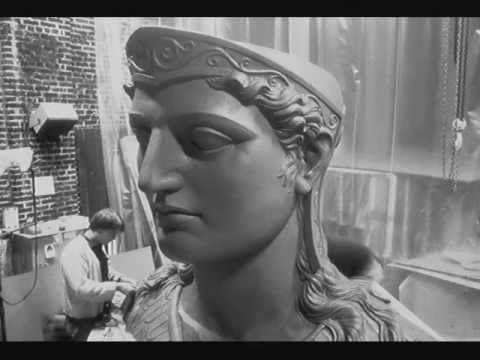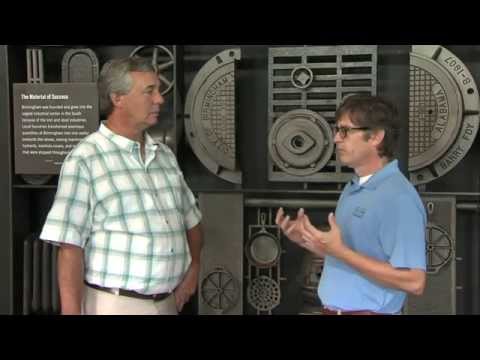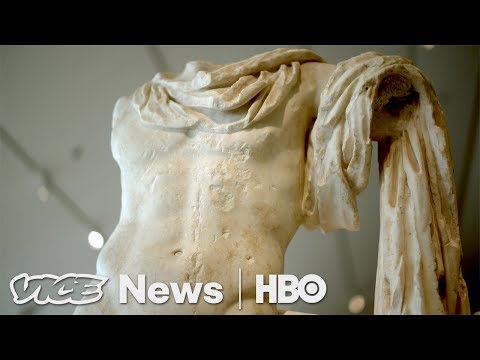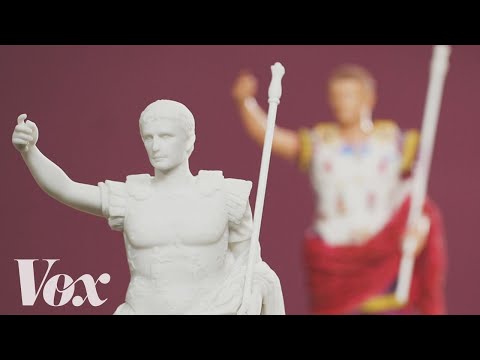9.1: Unit 1 Additional Materials
- Page ID
- 47192
Select from the Unit 1 readings below for more reading and listening resources. Home
You can also use the search bar at the top right to look for keywords from this unit!
- Why Study Greek Mythology?
- Part 1: The Creation Story
- Part 2: The War of the Titans
- Part 3: The Olympian Pantheon
- The Olympics: Then and Now
- LEGOS in Space
- Greek Influence in US World’s Fairs
- American Neoclassicism Home
unit 1: Why Study Greek Mythology?
why study greek mythology
Additional Reading Materials
-
- Article about JK Rowling and Greek Mythology in Harry Potter
- Great open resource about ancient history in general
- Article about 11 Greek Influences and Contributions to Today’s Society
- General: Ancient Greek Cures for Depression and Anxiety
- Great resource for all of Greek Mythology
- CC-BY-NC comic for many stories from Greek mythology
- Look at this adorable monster poster by macrovector!
- Not reading, but might be a good overall resource for videos (depends on the video)
Additional Audio / Video Materials
Before starting, it’s a good idea to learn about how to take notes using the Cornell Method. This is useful not only for this course, but all courses you have. Watch the video below about how to take notes using the Cornell method.
Here you can download a template of how your notes should look when using the Cornell Method. You can print this out or make your own notebook paper look like this.
Here is an example of Cornell Method notes you should have after watching this video.
Part 2: The war of the titans Home
Additional Reading Materials
Additional Audio / Video Materials
- A long but thorough podcast about the Titanomachy (War of the Titans): 47 mins has an interesting analysis.
- NPR audio references cornucopia
Part 3: the Olympian pantheon Home
Additional Reading Materials
Additional Audio / Video Materials
- NPR audio references aphrodisiac
- VOA Special English audio references “muse”, “hermes”, and “terra”!
-
Podcast about Athena’s origins
- East pediment of Parthenon showed imagery from this story–this image is from the east pediment at the Parthenon in Nashville, TN
- How Athens became Athena’s city (about 18:30 in)
- West pediment of Parthenon showed imagery from this story–this image is from the west pediment at the Parthenon in Nashville, TN
The Olympics: then and nowHome
Additional Reading Materials
Additional Audio / Video Materials
- LONG video about the Olympics then and now (requires UT net ID log in)
legos in space Home
Additional Reading Materials
American neoclassicism Home
Additional Reading Materials
Additional Audio / Video Materials
- 360 View of the US Capitol
- 360 View of the US Supreme Court
- VR Tours of Neoclassical Architecture in the US
- Compare above with VR tours of ancient temples in Greece
- Good site with intro videos to classical architecture, VR building comparisons, and Slideshow of Greek mythology found in the Library of Congress!
- Podcast discussing the current meaning of the Statue of Liberty–references the Phrygian cap and Trojan Horse (which might be a spoiler?)
Greek influence in us world’s fairs Home
Additional Reading Materials
Additional Audio / Video Materials
(Information about the Vulcan Statue from 3:30 to 8:30)



